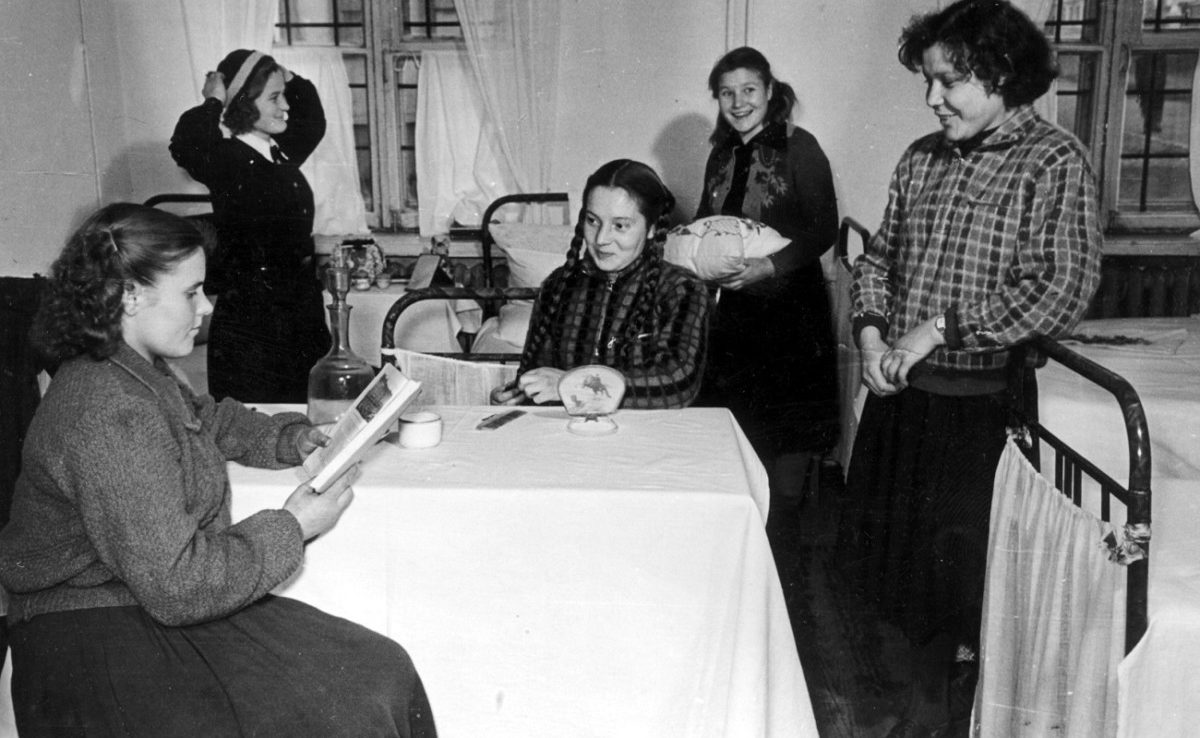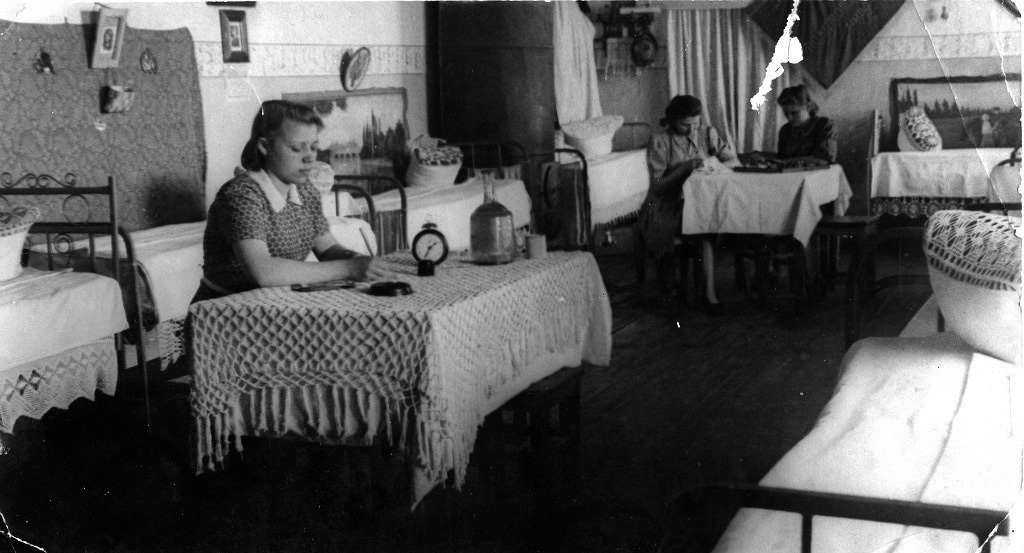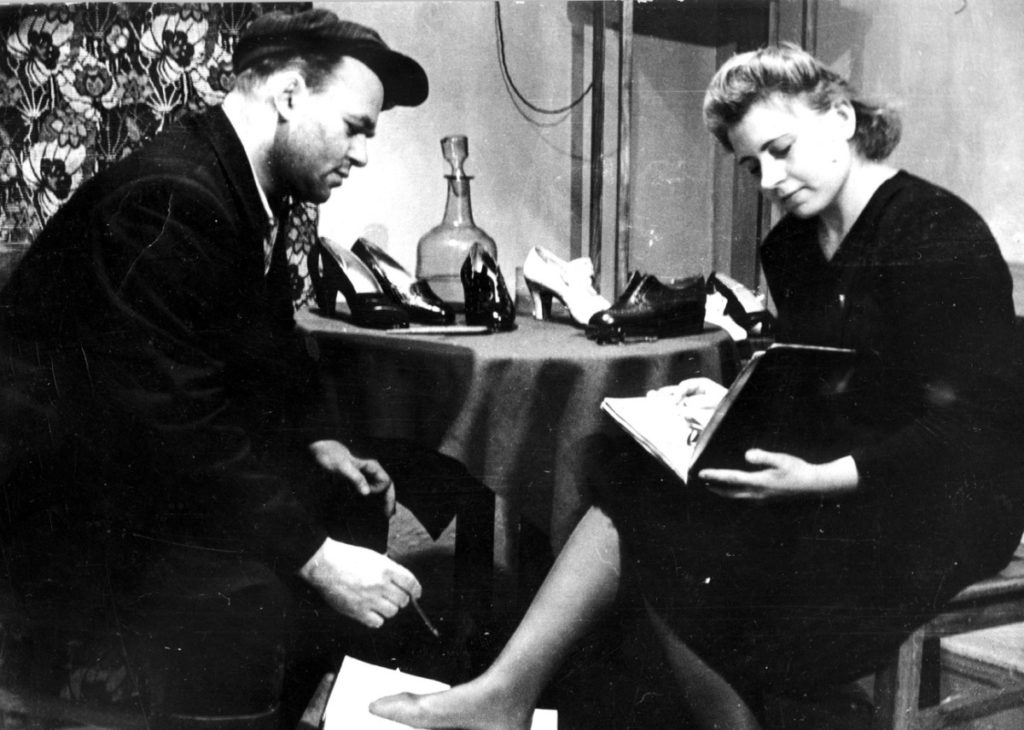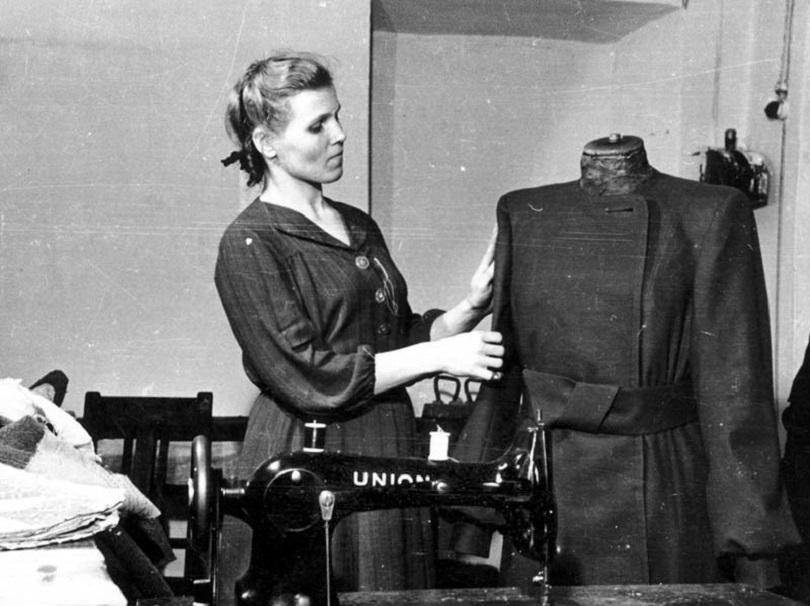#ARCTIC. #SIBERIA. THIS IS TAIMYR. Cargoes from the mainland went along the Yenisey river, and then along the railway, which was just being built and was working very unstable.
Most of the goods and services had to be ‘invented’ and produced here. In 1941, for example, a glass and ceramic workshop began work. It produced both products for industrial laboratories and consumer goods from local raw materials. And at the industrial procurement department, soap making was organized in the same year. In 1944, Norilsk mastered homemade shovels, but ordinary pots were in short supply, no one just knew how to make them. Grinding on a lathe was a high metal consumption, expensive and slow. Then the technologists ‘invented a bicycle’ – the pots began to be squeezed out. Heavy but timeless, they finally hit the market.
Norilsk also produced bricks and cement, sulfuric acid and gasoline, bitumen and glucose, vitamin extract from pine needles and catgut from reindeer veins. The overwritten paper was decolorized in bleach and reused. They made pencils and Christmas tree decorations, tables and stools, children’s toys and clocks, balls and pacifiers, plows and harrows for local state farms, spoons and dental crowns. Even nails were made from wire scraps and electrode cuts.
The stores were not very diverse either, rather, they were distributors, where certain goods were released according to strict standards. It was especially difficult to buy clothes and footwear, so at enterprises both prisoners and civilians were encouraged with cuts of fabric, and a sewing machine in the hands of a craftswoman became the breadwinner of the family.
For other materials of our photo project, go to the History spot section.
Follow us on Telegram, Instagram and Facebook.
Text: Svetlana Samohina, Photo: Nornickel Polar Division archive






